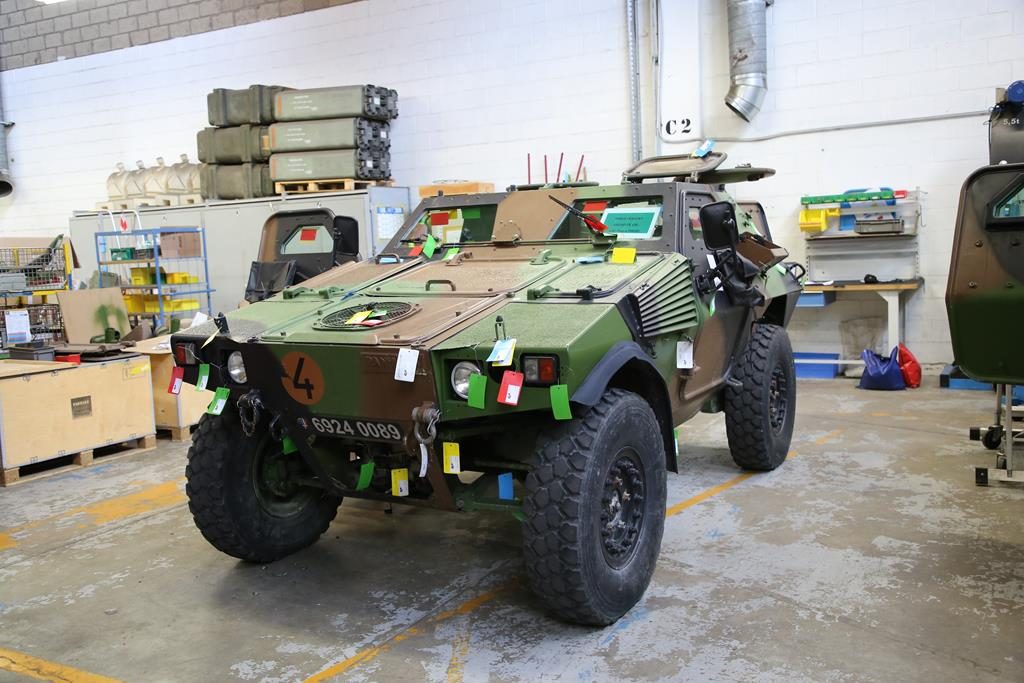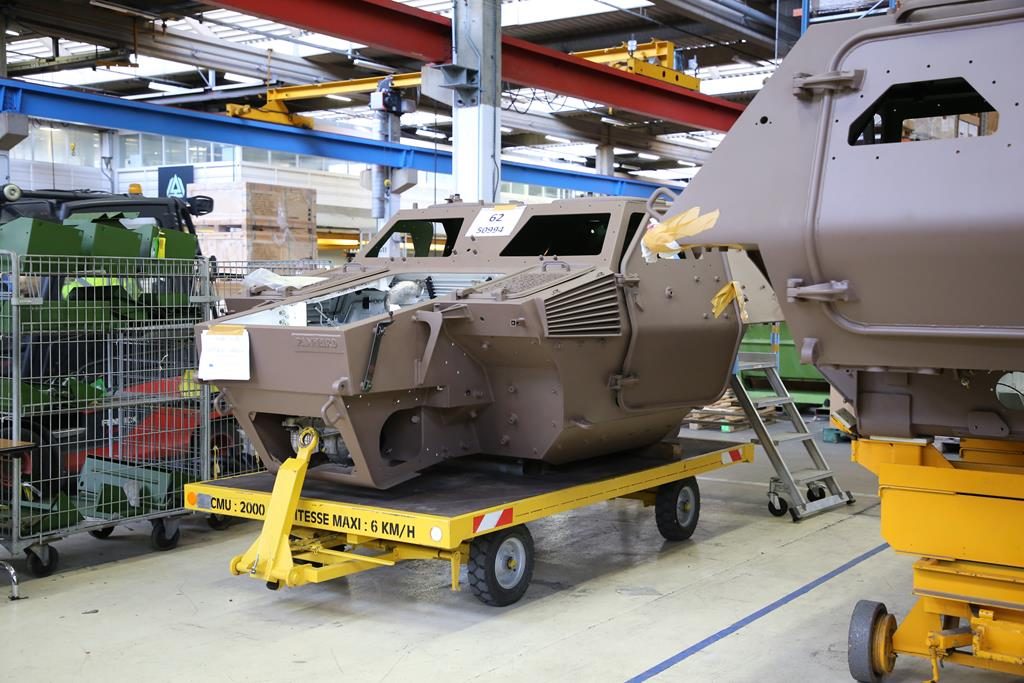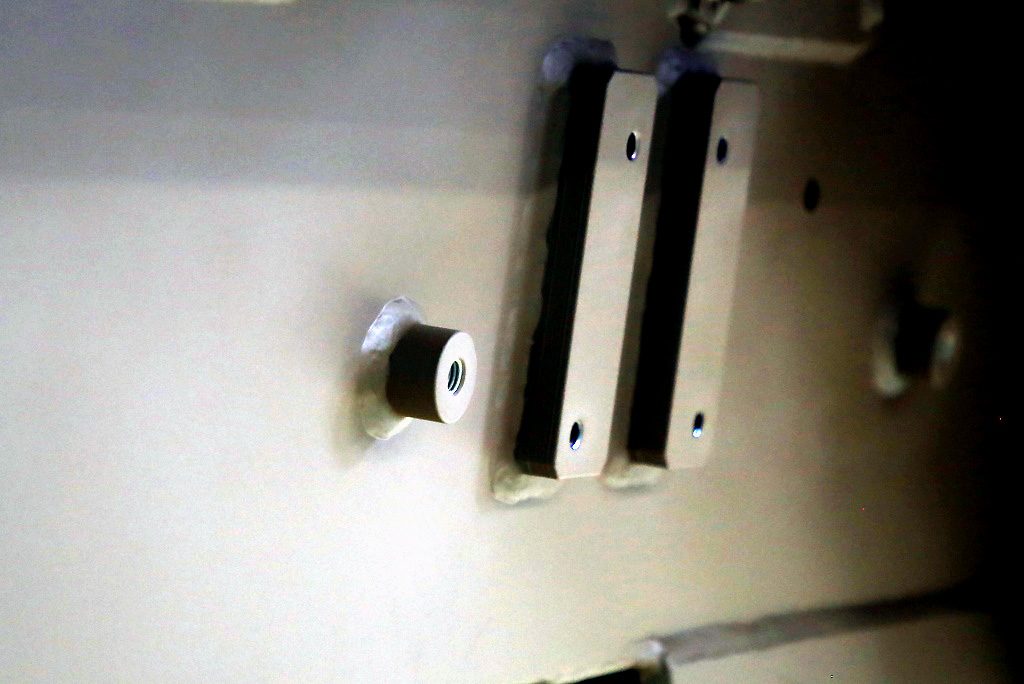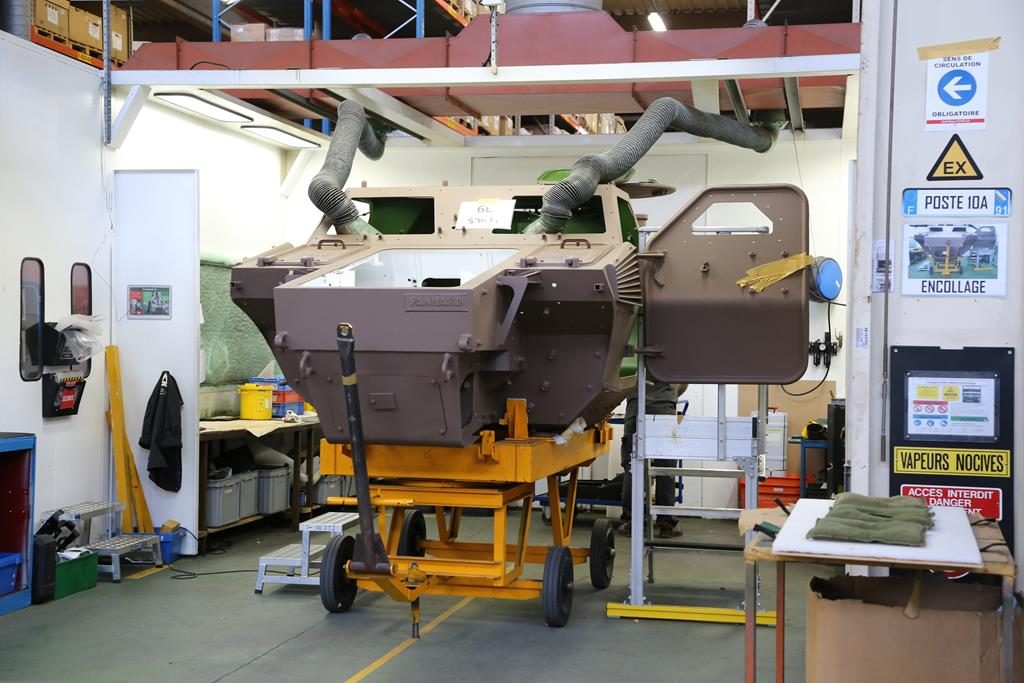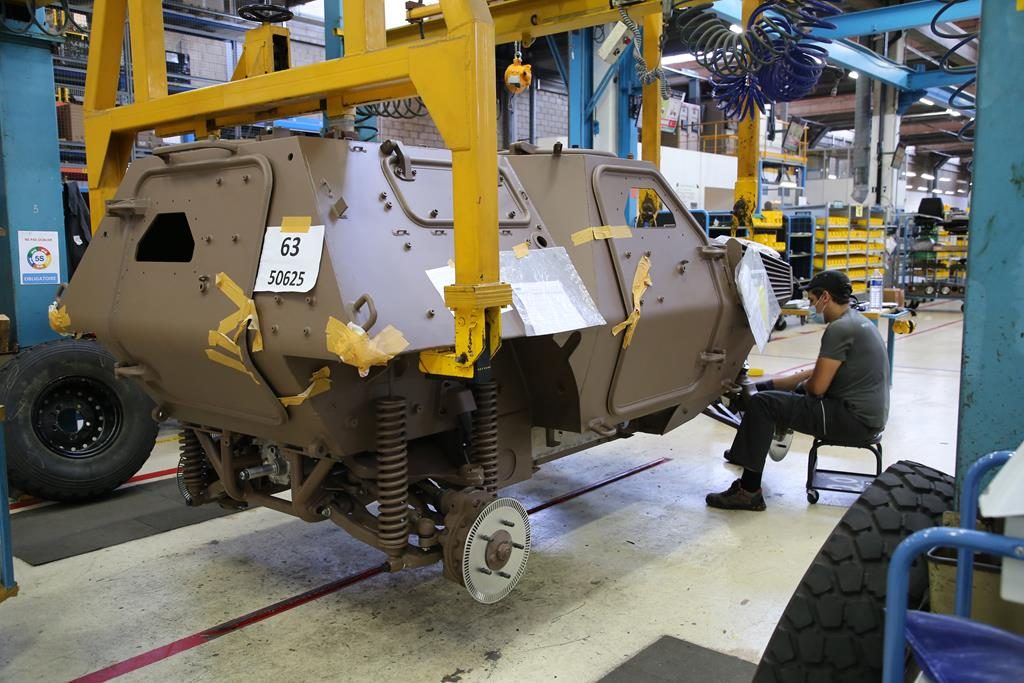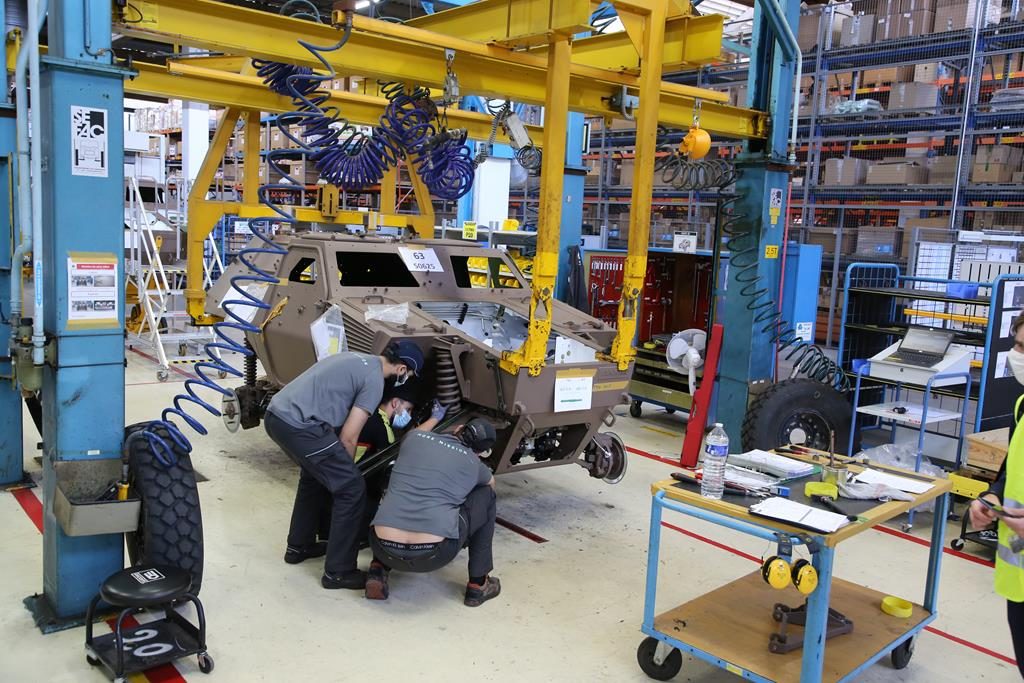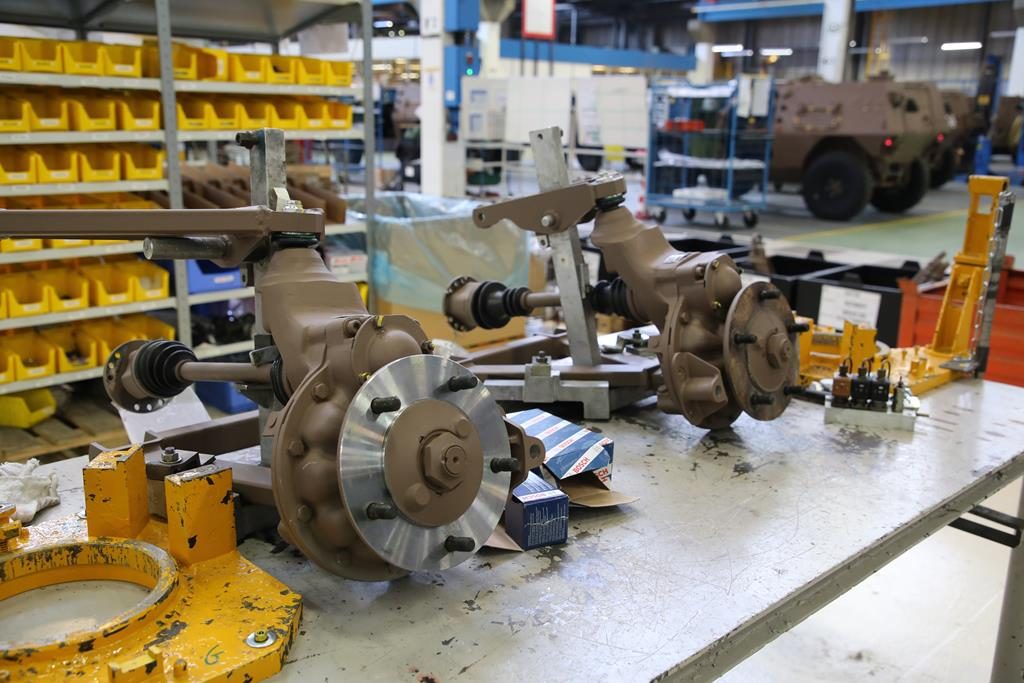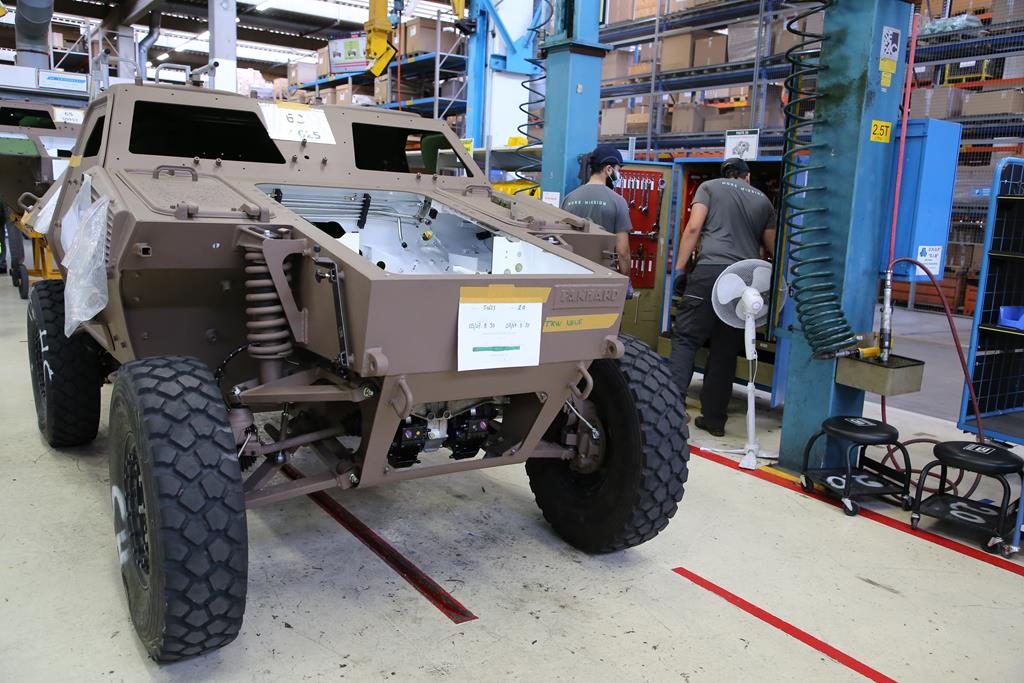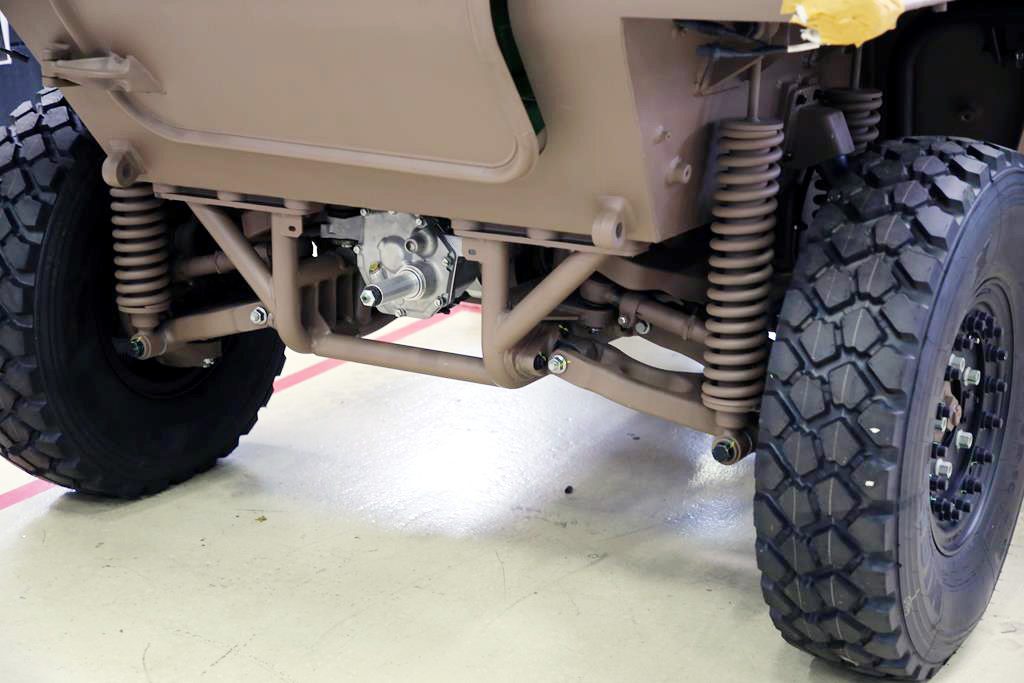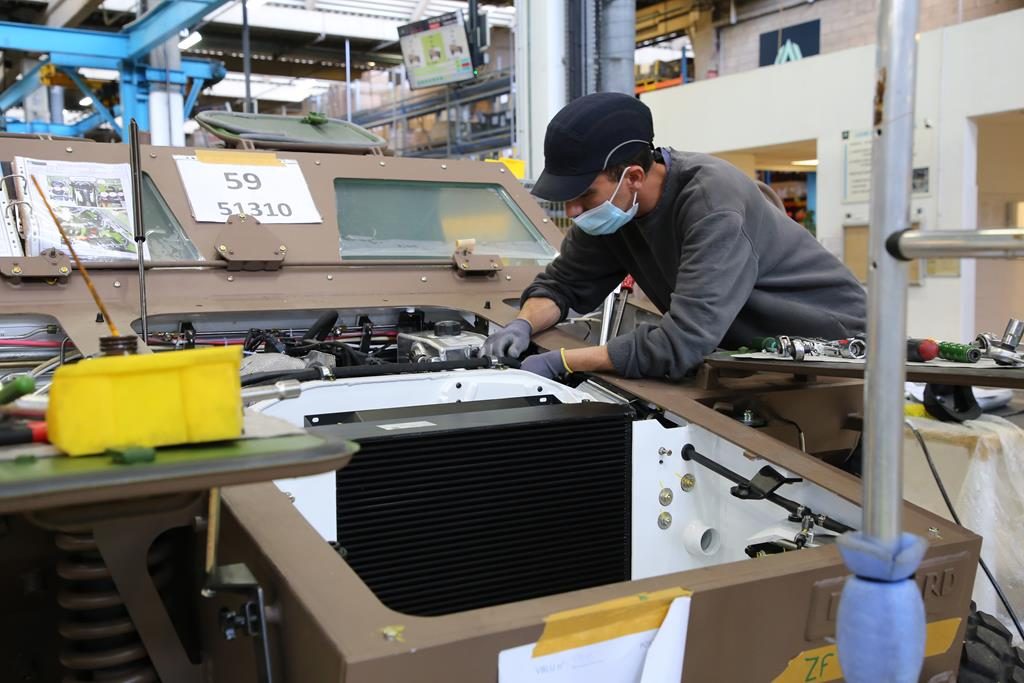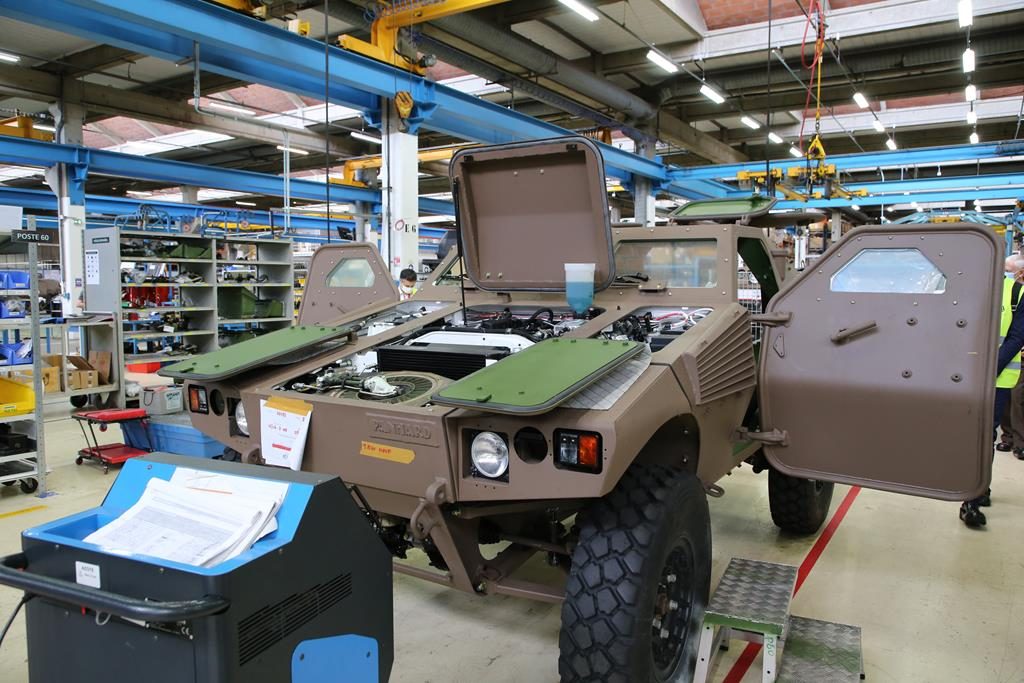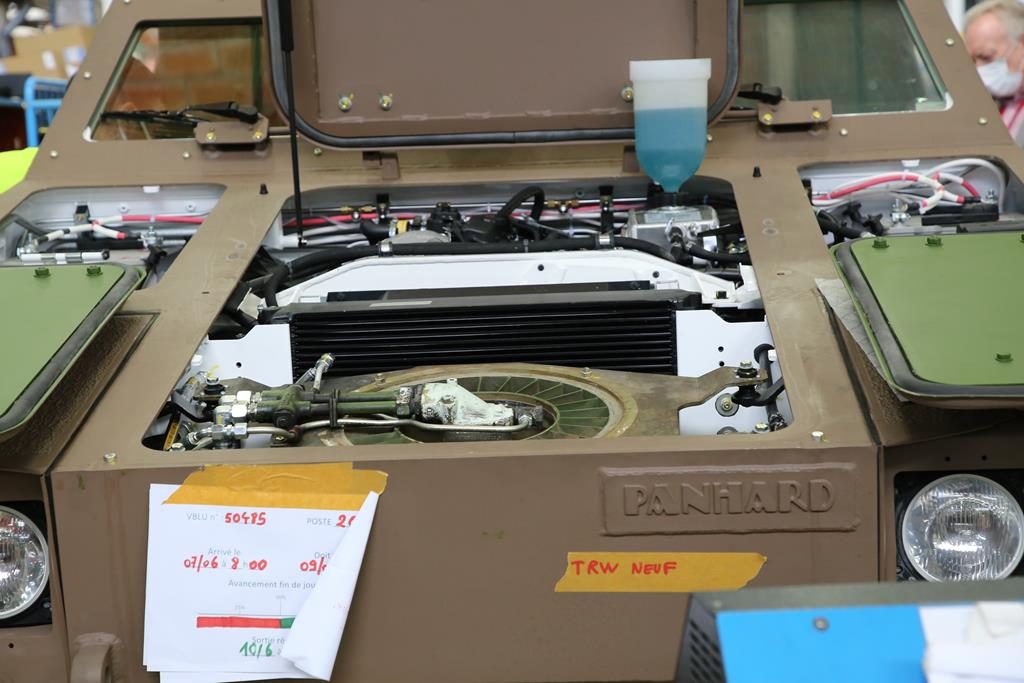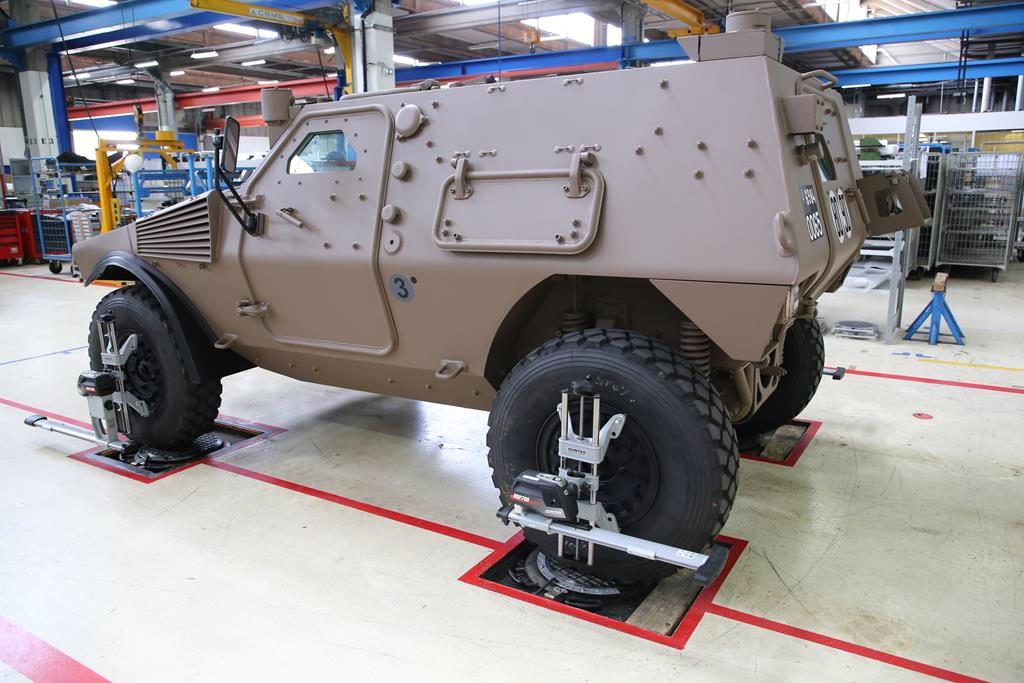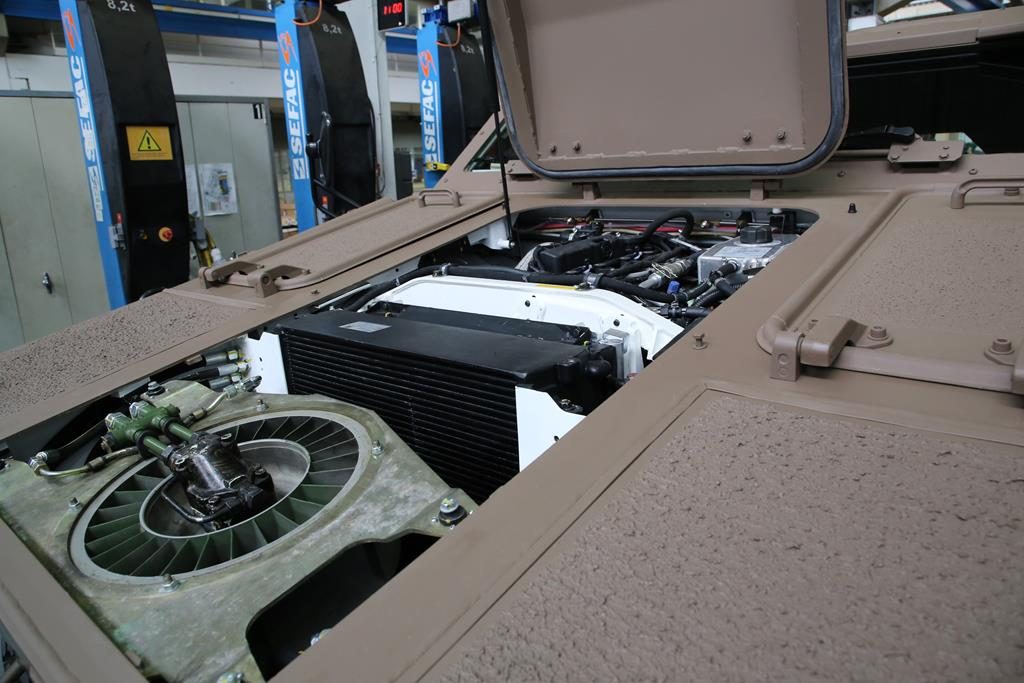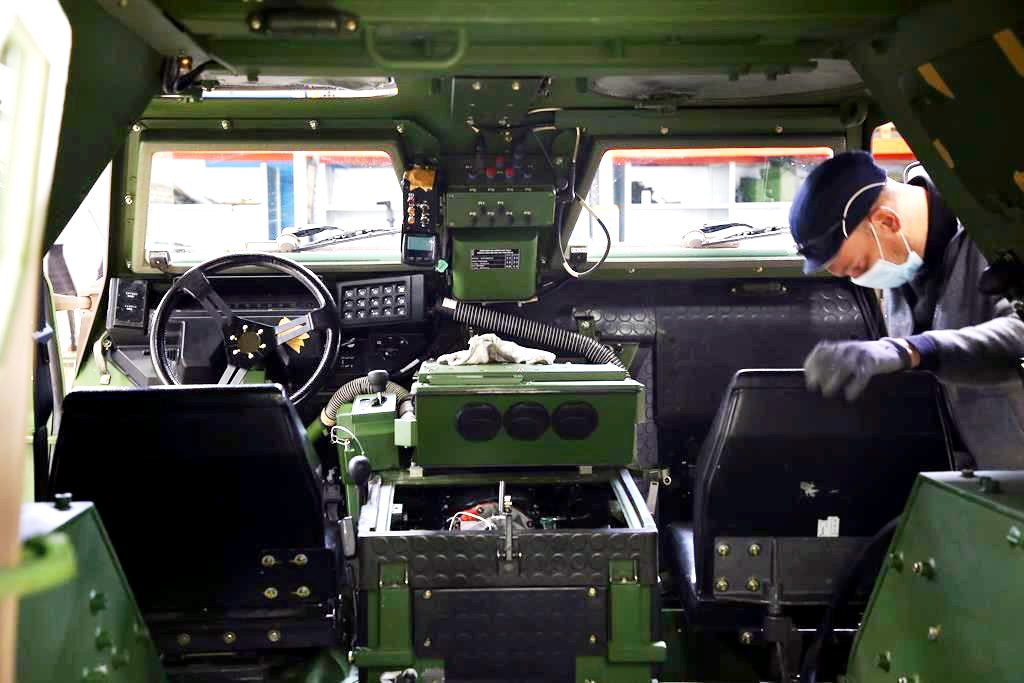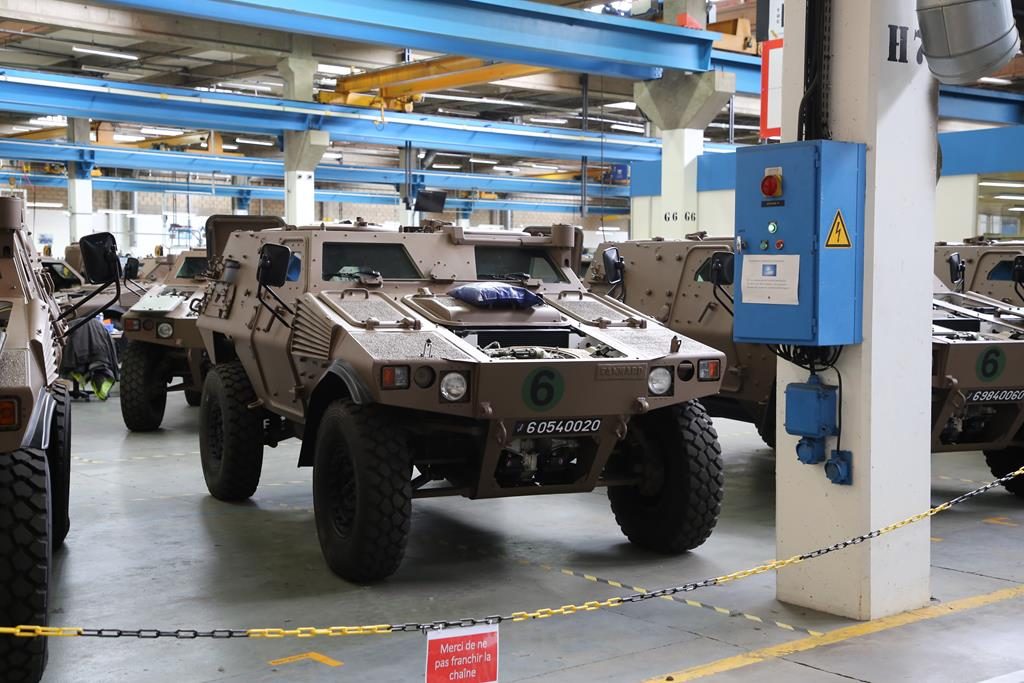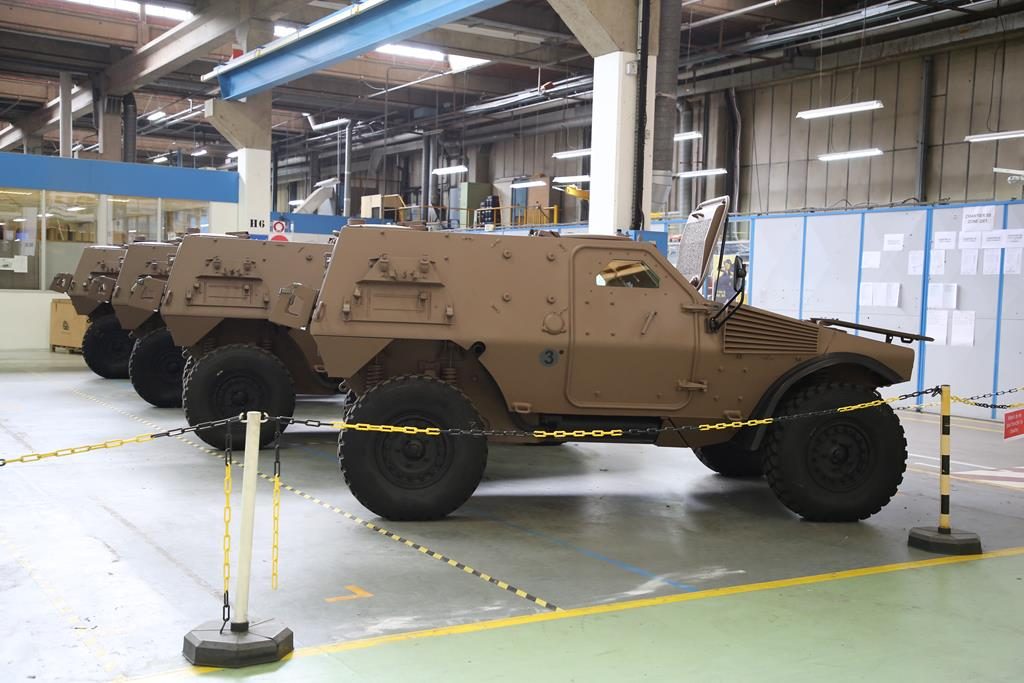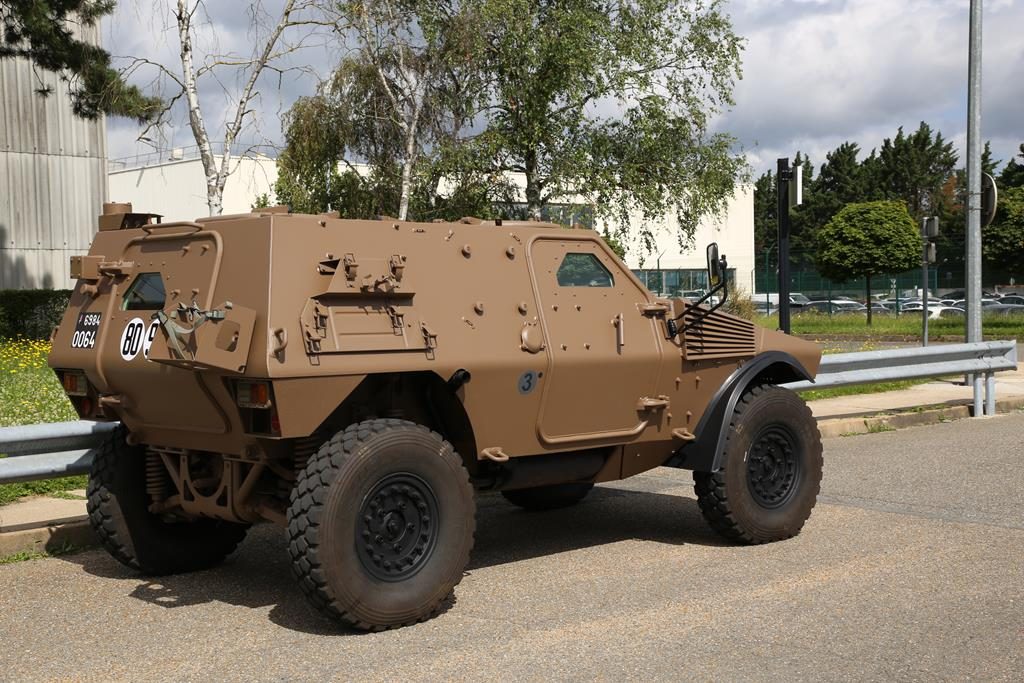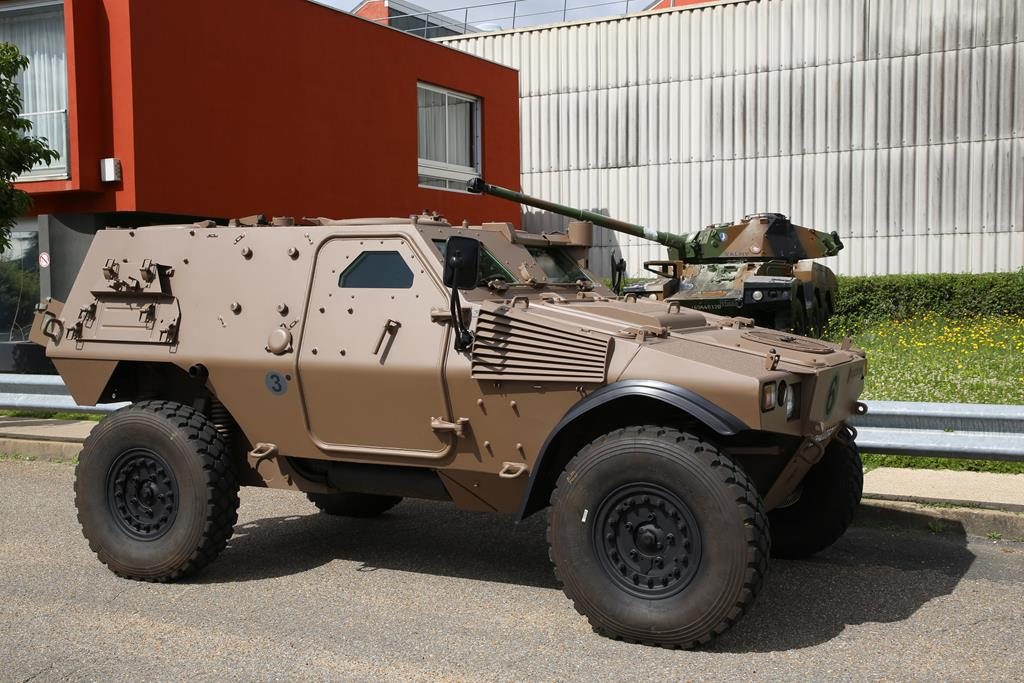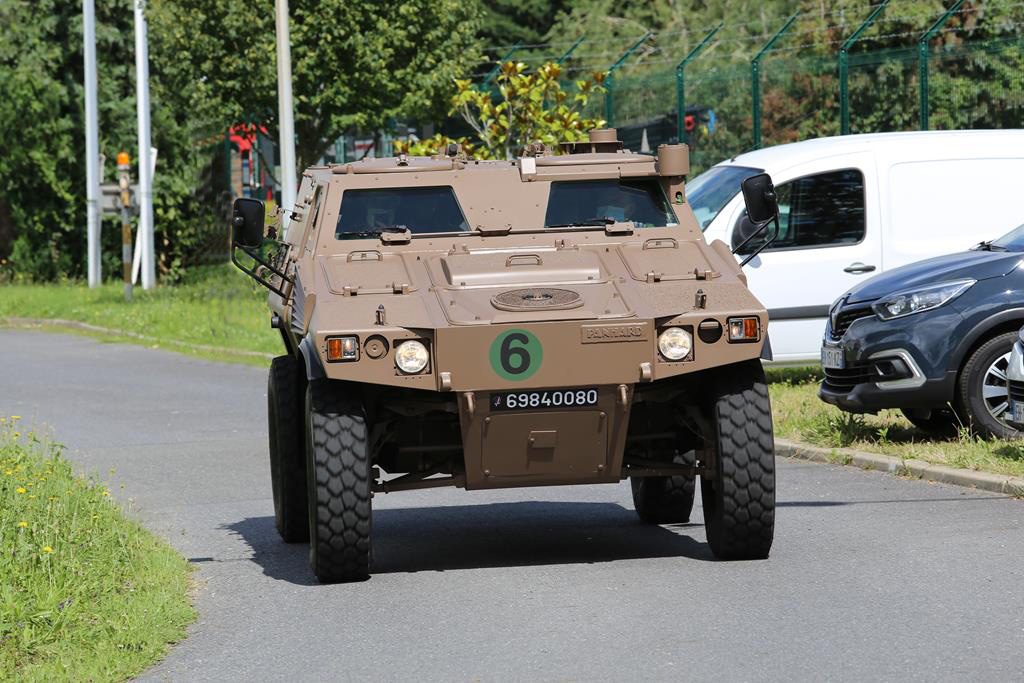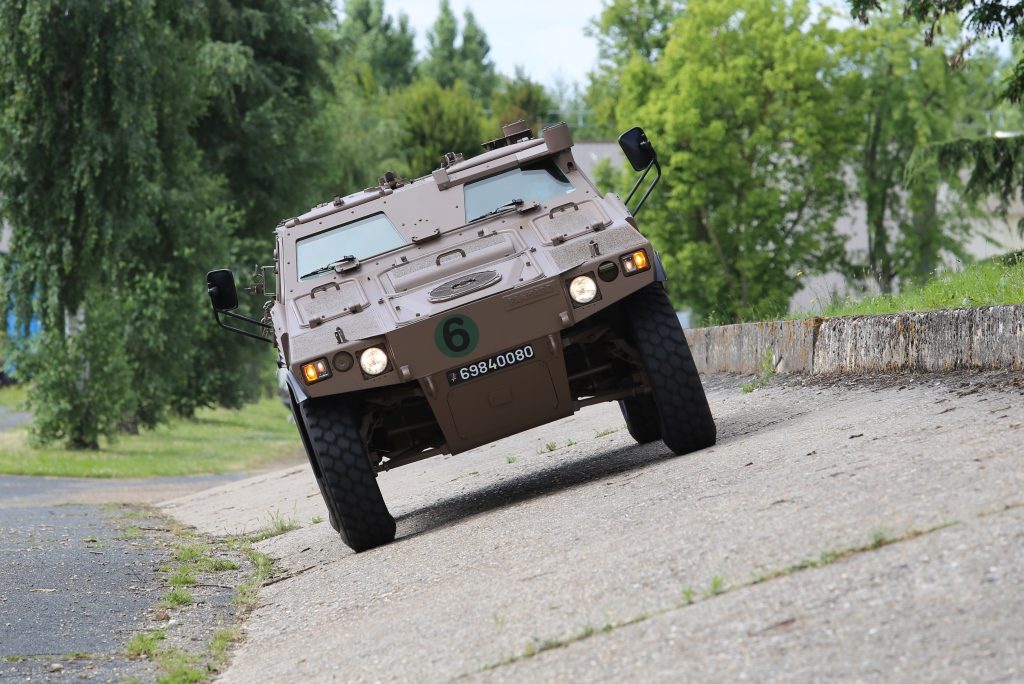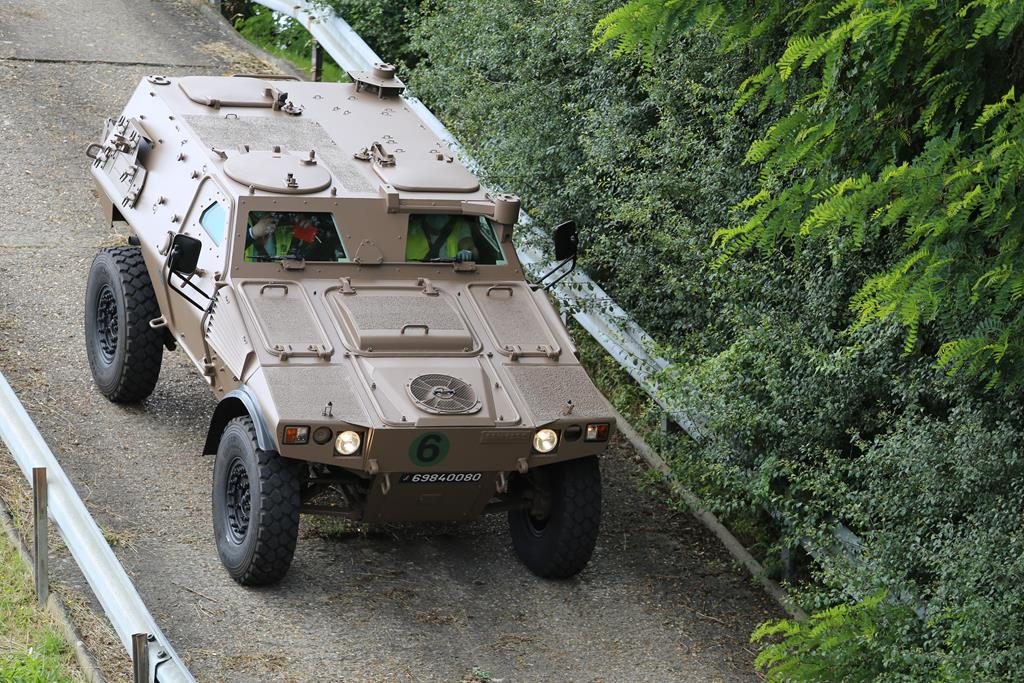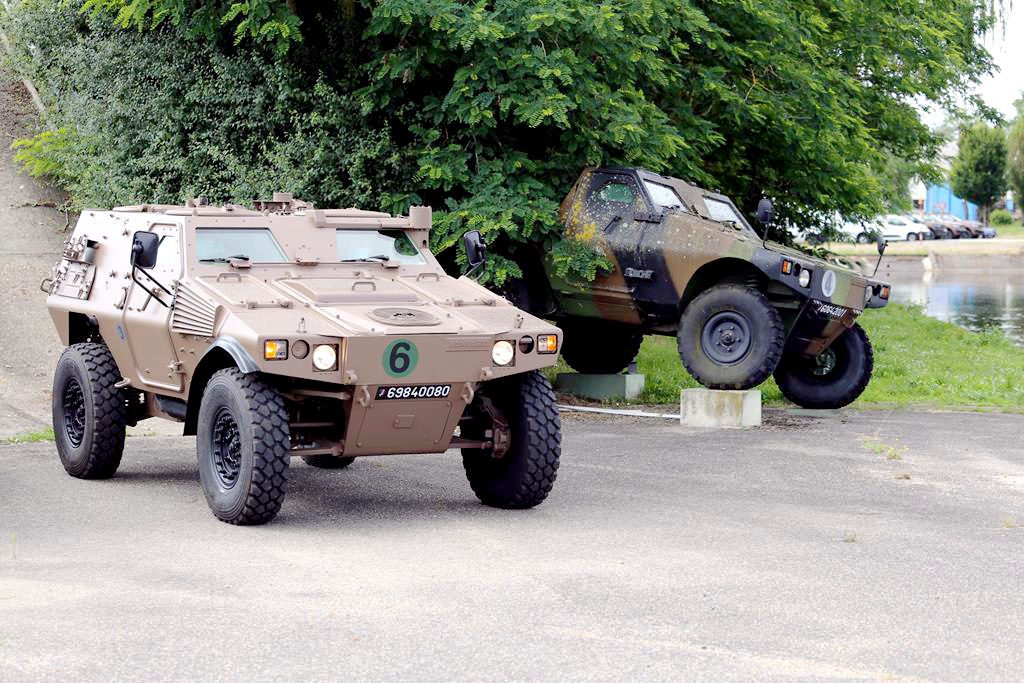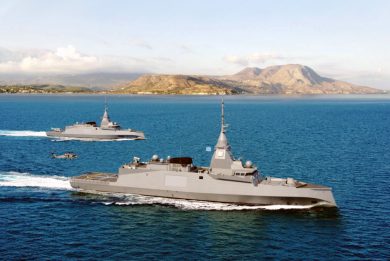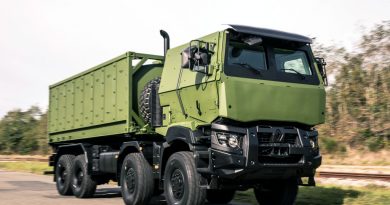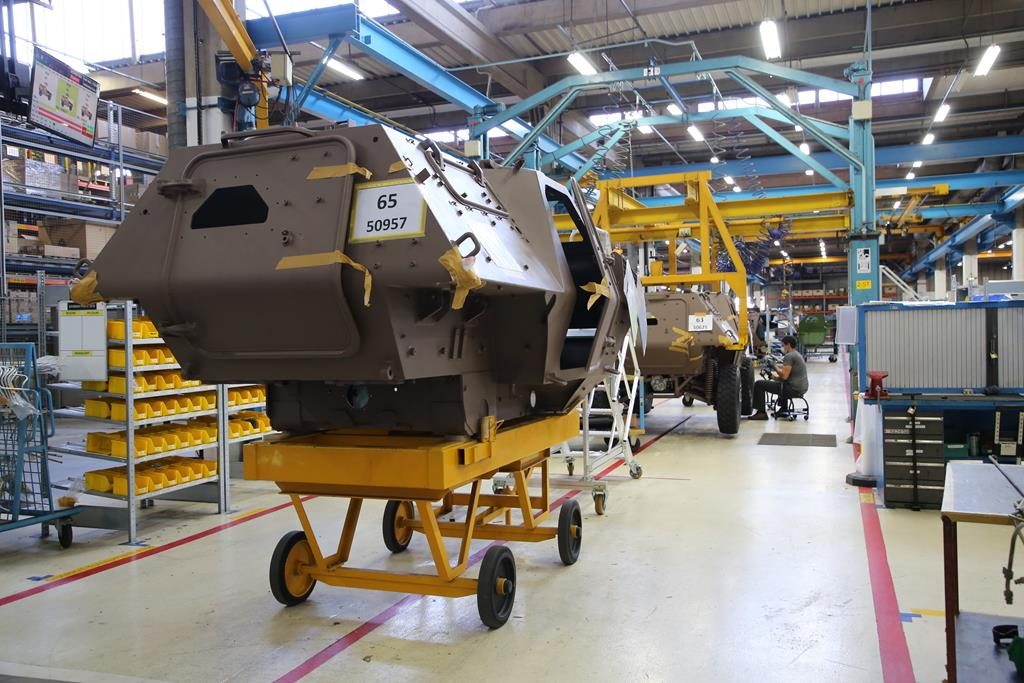
Arquus: a photo visit to the VBL Ultima assembly line at the Marolles facility
By Paolo Valpolini
The origins of Arquus VBL (Véhicule Blindé Léger) date back to the late 1970s, when the French Army issued a requirement for a light armoured vehicle lighter than 3.5 tonnes. The solution proposed by Panhard was selected in 1985, and the prototype of that vehicle can be seen at the Marolles-en-Hurepoix plant, now part of Arquus facilities, some 15 km south of Paris. On that same plant Arquus, which in July 2012 when it was still Renault Trucks Defense acquired Panhard General Defense, is carrying out the upgrade of French Army VBLs to the new Ultima standard. EDR On-Line was given the opportunity to visit the production line, the photo gallery here attached giving an idea of the work that is done at the Arquus facility, which is however not the only one involved in the process.
According to French Army figures, the service has currently in line 1,446 VBLs, including the VB2L stretched version mostly used as command post vehicle. Roughly half of those should be upgraded to the Ultima standard, although this will much depend on budgets and on the VBAE (Véhicule Blindé d’Aide à l’Engagement) scout vehicle that will replace the Panhard 1980s vehicle.
Leveraging the development done to upgrade the VBL to the latest standard for its national customer, Arquus is obviously seeking upgrade contracts among the VBL users community, 18 countries worldwide currently using the French light armoured vehicle. The major export customer was Greece, which acquired 242 in subsequent orders between 1997 and 2004, hence it is not surprising that Arquus is attending DEFEA, Defence Exhibition Athens, which takes place 13-15 July, bringing back a defence show in Greece after over one decade.
Back to the Marolles plant, the Ultima upgrade programme is definitely not the only activity, the facility being also the production centre for remotely controlled weapon stations, produced under the Hornet brand, while a section is dedicated to engines militarisation, one to engine repair and one to mechanical elements production.
The VBL Ultima production line employs some 40 people, another similar line being having been set up at the Saint-Nazaire facility, in Britanny, to speed up the production process. The process sees the arrival of VBLs selected by the Army, which are then totally disassembled, checks being carried out on all elements to verify their state; the nearly 1,300 elements are tagged with a colour code depending on their state. Over 60% of the parts are repaired, the whole process being traceable, and when repair is not possible they are replaced. Once derived of all subsystems the hull is sent to the Garchizy plant, in central France. Here the hulls are repaired, if necessary, mounting points are added to receive add-on armour at a latter stage, and once checked and painted in the new Terre de France (French earth) colour they are shipped back to Marolles, or Saint-Nazaire.
Many of the subsystems that are added to the hull will be new. The VBL Ultima features a new diesel engine, the PSA DW10F, providing 130 hp, an increase of over 35% compared to the original Peugeot XD 3T, a new Mercedes automatic gearbox completing the new powerplant. This allows maintaining a good power-to-weight ratio, the Ultima having a GVW of 5.2 tonnes compared to the 4.4 tonnes of the VBL latest versions in service with the Armée de Terre. The rear axle receives new double-triangle suspensions, front suspensions being also upgraded as well as the braking system, which is fitted with an ABS system, all this allowing an increase in the payload as well as of the top speed, which until now was limited to 95 km/h, maximum authorised speed remaining classified.
Following a two-year learning curve, the production rate is now stabilised at two vehicles per week, the whole process lasting one and a half month, 15-16 vehicles being present along the line when this works at full steam. This is not always the case, as the incoming vehicles are provided by the Army itself, and by time to time there may be some gaps, which doesn’t help the production process. It is also to note that the same assembly line also deals with the VBL Mk.1 production, an interim version adopted by the French Army with improved mine protection, to answer urgent operational needs. Another VBL Ultima feature is the removal of the floating kit, although at the rear the axle that used to be fitted with the propeller is still visible; this was probably a bargain between protection and floatability, the new GVW exceeding the vehicle floating capacity.
The Assembly Line
After performing a thorough check of the hull, this is brought into a cabin were anti-noise mats are glued inside the vehicle, vacuum cleaners ensuring the aspiration of glue vapours.
The hull is then moved to Station 10 where all hydraulic pipes are installed, as well as dampers and exhaust pipes. Front and rear axels are added at Station 20. The next step, at Station 30, sees the installation of internal subsystems and of the improved braking system, which is modified with the fitting of the ABS system at a nearby satellite station. Electric wiring is installed at Station 40, followed by the engine at Station 50. At Station 60 Arquus personnel completes the powerpack fitting and installs the engine cooling and the air conditioning, and for the first time the engine is started. Brakes are bleed at Station 70, where also convergence is verified. Station 80 is the first checkpoint, while Station 90 sees the upgraded vehicle rolling for the first time. The two subsequent stations, 100 and 110 are used to give the final touches including some paint touch-ups before getting to Station 120 for the final industrial check; over 1,000 control points are considered, every mistake being recorder for in depth analysis, lessons learned being exploited for further refining the process. Vehicles are then taken into an enclosed area where only DGA personnel is allowed; at the OV1 station some 2,800 points are checked, before stepping to the OV2 station, where further 2,500 points are verified by military personnel. According to Arquus personnel, in the early phase some issues were raised at OV1, but after over 70 vehicles upgraded this is no more the case. Rolling testing is carried out in the short test track available in the facility, which includes ramps of different angles, side ramp and bumps.
To date Arquus has delivered to the French DGA 55 VBLs and 15 VB2Ls, these being part of the second batch of Army vehicles delivered, the main difference beside the longer wheelbase being that they have four batteries instead of two, to cope with command and control equipment power consumption.
But the story has yet to be finished: the add-on armour package is currently being finalised by the DGA and the industry, hence the VBL Ultima that leave the assembly line at Marolles will not enter service immediately. Fitting them with the kit, as soon as available, should be relatively easy, while vehicles from latter batches might well roll out from the Marolles facility ready for delivery to operational units.
According to available information, the first two VBL Ultima should be delivered to the forces by year end.
Photos by P. Valpolini

